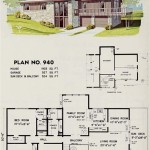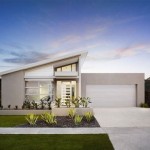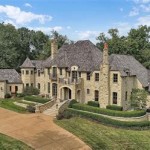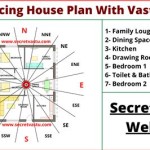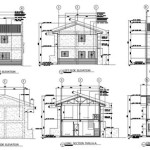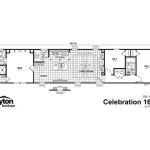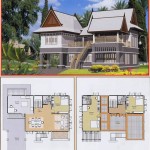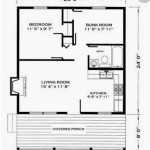Essential Aspects of Moroccan House Design Plans
Moroccan architecture is a captivating blend of traditional Islamic, Berber, and Andalusian influences. Its intricate designs and vibrant colors create a unique and exotic aesthetic that has enchanted the world. If you are planning to build or renovate a home in the Moroccan style, understanding the essential aspects of its design plans is crucial. ### 1. Riad Architecture Riads are traditional Moroccan courtyard homes that often form the core of a Medina or old city district. They are characterized by their enclosed central courtyards with intricate tilework and fountains. Riads typically have multiple stories with rooms arranged around the courtyard, creating a private and secluded living space. ### 2. Arched Doorways and Windows Arches are a defining feature of Moroccan architecture. They are used to create entrances, windows, and decorative elements throughout the home. The shape of the arch can vary, including horseshoe, pointed, and rounded arches. ### 3. Zellij Tilework Zellij is a type of intricate tilework that adorns Moroccan walls, floors, and ceilings. These tiles are typically hand-cut and arranged in geometric patterns, creating a stunning and vibrant effect. ### 4. Domed Roofs and Vaulted Ceilings Domed roofs and vaulted ceilings are common architectural features in Morocco. They add height and grandeur to the interior spaces and allow for natural light to filter in. ### 5. Ornamental Niches and Alcoves Moroccan homes often incorporate ornamental niches and alcoves into their designs. These niches can be used to display religious objects, pottery, or other decorative items. ### 6. Courtyard Gardens Courtyards are not only central to Riad design but also an essential feature in many Moroccan homes. They provide a private outdoor space for relaxation and entertainment and often feature plants, fountains, and shaded seating areas. ### 7. Open Floor Plans Many modern Moroccan homes feature open floor plans that create a seamless flow between different living spaces. This design promotes a sense of spaciousness and allows for easy movement throughout the home. ### 8. Traditional Materials Moroccan homes often use traditional building materials such as clay, stone, and wood. These materials create a warm and inviting atmosphere and provide natural insulation and ventilation. ### 9. Color and Decoration Moroccan design is renowned for its vibrant colors and decorative elements. Homes may feature bright hues like turquoise, blue, yellow, and red. Decorative details include hand-carved wooden screens, lanterns, and textiles with intricate patterns. ### 10. Lighting Lighting plays an important role in Moroccan architecture. Natural light is maximized through large windows, skylights, and open courtyards. In the evenings, homes are illuminated with colorful lamps, lanterns, and candlelight, creating a warm and inviting ambiance.
Floor Plans Of Moroccan Houses Google Search Plan De Maison Avec Patio Cour Etage

Pin By Arch Hayam Y Elzwi On Courtyard House Plans Model Plan Mansion Floor

House Plan Marrakesh Sater Design Collection

Privilege Riads Riad Floor Plan Moroccan Courtyard House Plans

The Cordova Is A Moroccan Andalusian Styled Custom Home

Moroccan Interior Design Arabic Villa Pencil On Trace Photo House Plan Styles

Arabic Villa Pencil On Trace Photo Moroccan Interior Design Morocco House Layouts Houses

Morocco Affordable Home Design With 4 Bedrooms Mojo Homes

Moroccan House Plan 175 1052

Moroccan House Plan 175 1052

